A Morning In Suðureyri, Iceland’s Most Sustainable Fishing Village
It is over a month since I got back from my trip around Norway, Iceland and Orkney, so I apologise that I still have a couple of posts worth of photos and adventures left to show you all! However, I hope to make things a little better today by sharing the second half of my Iceland trip with you all which I spent in the tiny little village of Suðureyri, Iceland’s most sustainable and eco-friendly fishing village. (There are a few shots from Ísafjörður, the port we arrived in at the end of this post, too!) A few of my Reykjavík snaps I took after my visit to the Blue Lagoon will be included in my round up post, once I’ve taken you guys on a trip to Scotland!
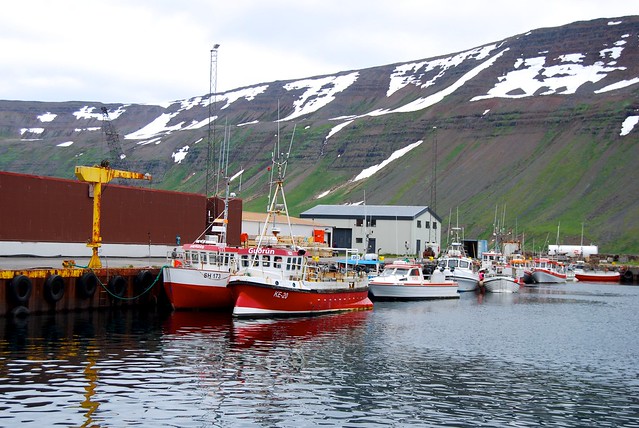
You can read the first half of this blog post over at Great British Chefs, where I’ve run through the fishing techniques and production methods used in the village (all the technical stuff!), as well as some of my thoughts on the true meaning of ‘sustainable’ fishing. My trip to Suðureyri really made me reflect on where my fish comes from, and made me realise that ‘local’ does not necessarily mean ‘better’. Now, let us pick up where I left off.

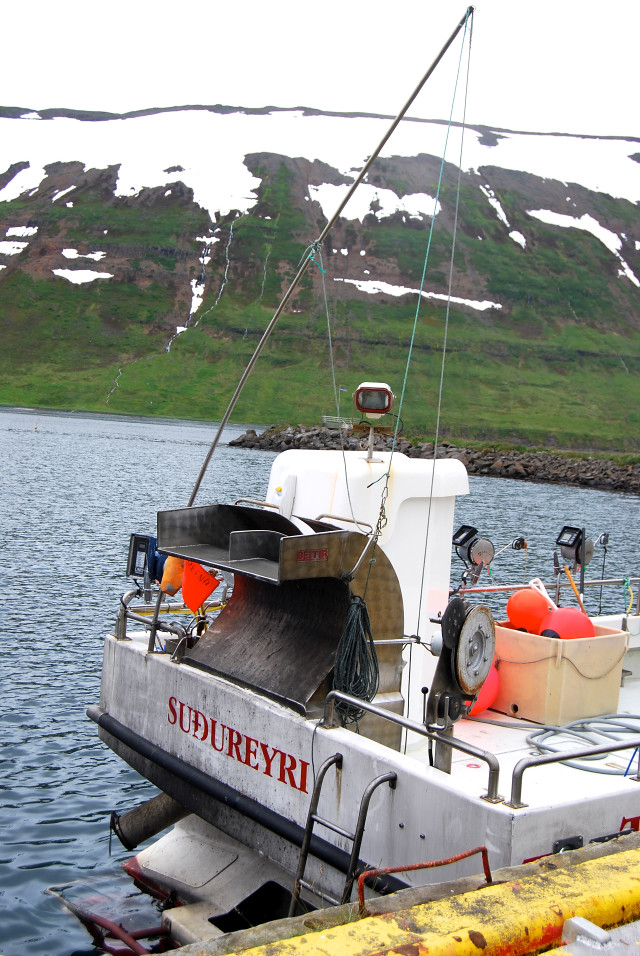
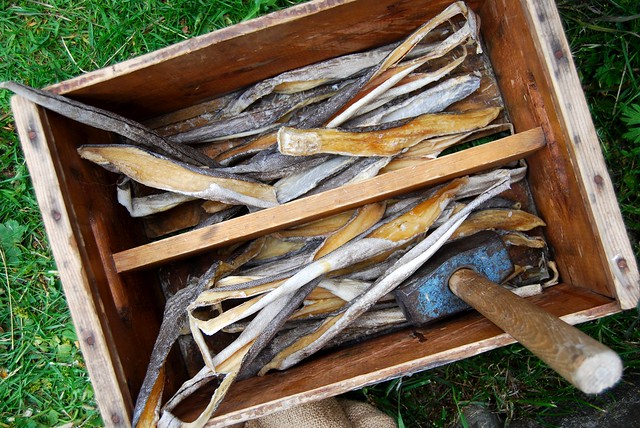
After visiting the port and learing about the fishing and production techniques we sampled Harðfiskur, Icelandic Hard Fish. Have you ever eaten fibre glass? Eating air dried haddock is how I imagine munching on the hull of one of the sculling boats I used to row would be. The very, very dry texture is disconcerting, but strangely addictive. The first instinct with something dry is to suck it in an attempt at rehydration, but that was just not going to cut it. I kept munching on the tiny shards as we wandered along the dock. A nice cold beer would have been nice; might I have discovered the new, healthier pork scratching alternative for the Western European market? Fancy a food your have to soften with a sledgehammer before you eat? I asked our guide, Mike, how many visitors liked the taste. Apparently the challenge is to get them to try it in the first place. After that, they enjoy it so much they want to take slabs of the delicacy home with them.

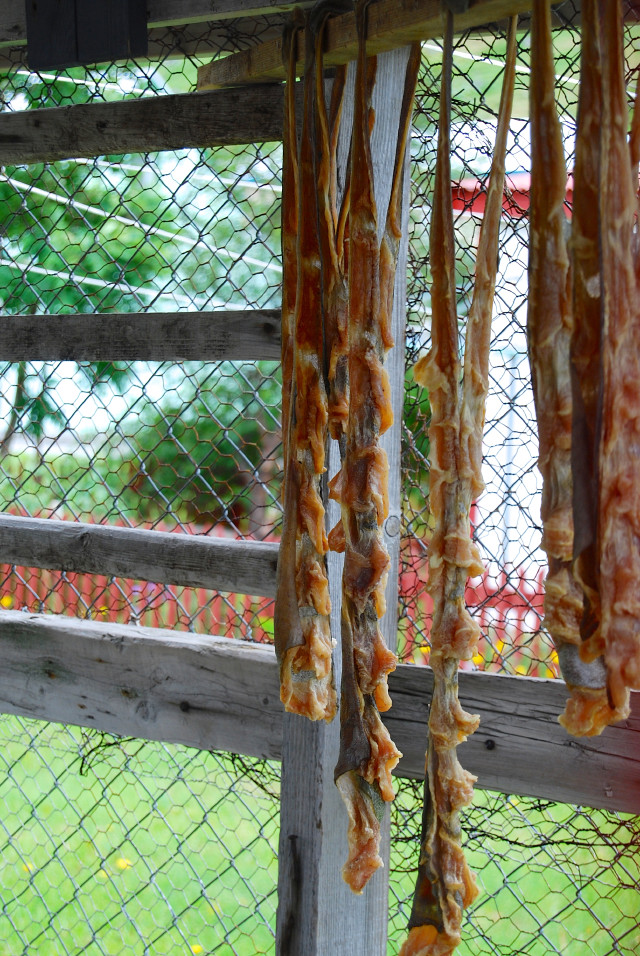
Mike explained that they are able to create dried fish of a much higher quality in their drying cages (above) in Suðureyri and the surrounding area than you’d be able to find down in the south, say near the capitol due to their location. I’d started my trip in Akureyri, picking my way through lava fields (I only took a few photos that day, and they’ll be in my final Nordic trip round up post), and I ended it in Reykjavik on the south of the island, so it was easy to notice that Suðureyri was much colder than the other places I visited. This is because of the Gulf Stream, it simply just does not reach as far, and because Suðureyri, one of the closest points in Iceland to Greenland (yachts often stop to refuel and prepare for the journey North in Isafjordur (where we’ll visit at the end of this post) for just this reason) lacks this burst of warm air, the cold temperatures help the fish dry crisp.

I’ve always had an affinity for smashing things up (always legally, usually for artistic projects such as the time I repeatedly dropped an old fridge freezer off of the top of a forklift in a builders yard for a photography series), so I got stuck into the ‘softening’ of the Harðfiskur to eat. It was actually an awful lot of hard work.
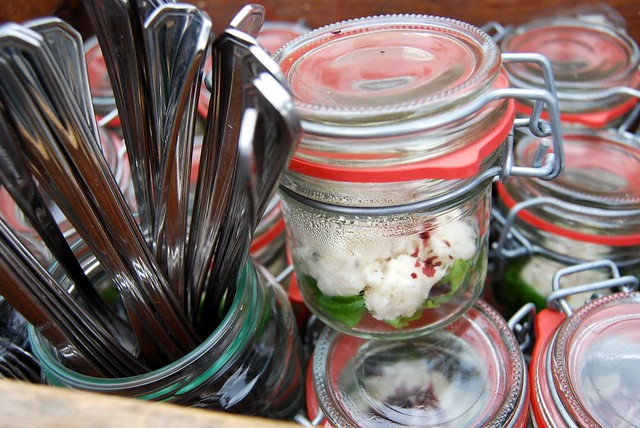
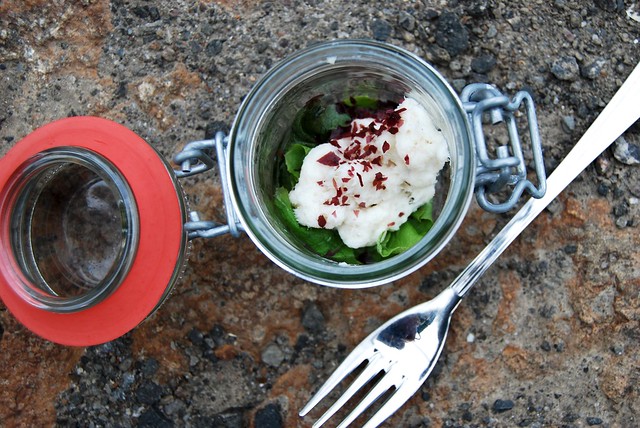
We moved onto sampling Wolf Fish cooked in a French style, which I discovered was more of a Marmite fish; people either loved it or hated it, with no surprises. I was in the love camp, it has a really great delicate flavour. It is essentially a Catfish, but not the same time you get in freshwater or country music songs.

I’ve written more about this in my Great British Chefs article, but I just had to include a photo of one of the edible by-products of Suðureyri’s fish production, the dried fish heads that sent to the Nigerian market to be used in soups. I’m honestly not sure how I feel about this.
Finally in Suðureyri we headed into the cookery school to make ceviche (I did not get any photos as I actually ended up doing some of the cooking. Colleagues who come with me to press evenings may recognise this as a reoccurring theme!) before heading back to Ísafjörður. If you’re after something a little different by way of a Summer holiday, you can actually book the food trail I went on with our fantastic guide Mike online, as well as accommodation in the village and an evening in their cooking school.
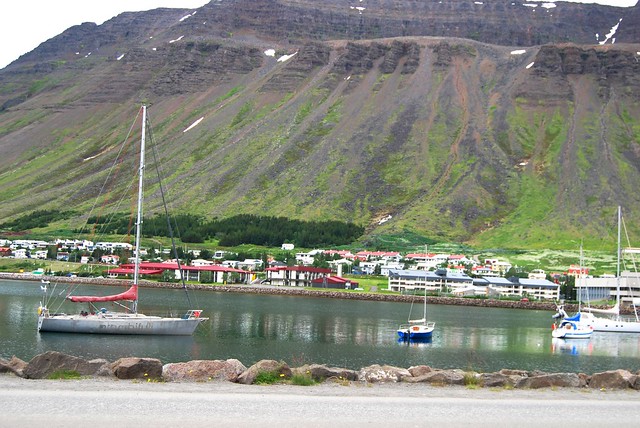
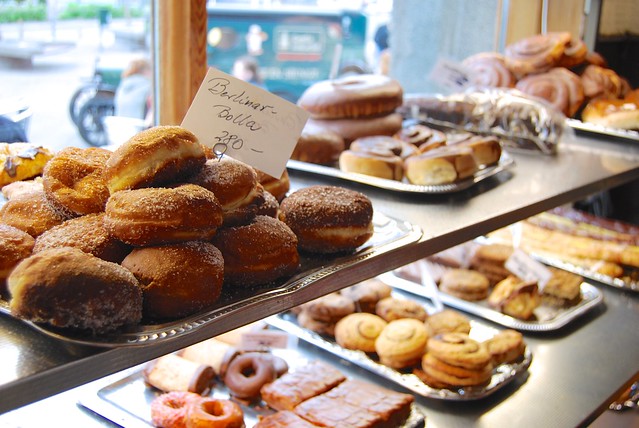
Before heading off to Reykjavík we took a wander around the port we’d docked in, Ísafjörður. It was here I started to get a proper glimpse of the fantastic cafe culture in Iceland that I’d go on to really enjoy in the capital the next day, I got to see more pretty block colour painted metal houses (built like that to help withstand earthquakes), and I got to spy the beauty that is an Icelandic pastry selection. Call it pre-choosing for my food adventures in Reykjavík, which I will be sharing soon.
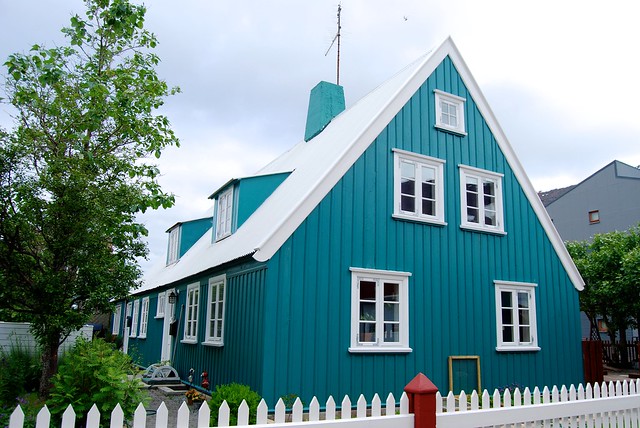

Iceland stole my heart, in a way that really surprised me and I am primarily a sunlight and bright hot sunshine seeker. I loved the food, the sense of community, the beautiful and striking landscape, and the otherness of the country compared to the rest of the West, even factoring in the parts of Reykjavík where you could find Subway and 7-Eleven (being close to both Europe and America they have an interesting mix of cultures that was particularly apparent to me having lived in both countries). If any of you want to holiday anywhere a bit different, I’ve already started recommending Iceland to anyone who will listen.

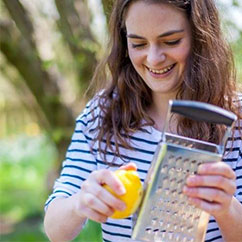
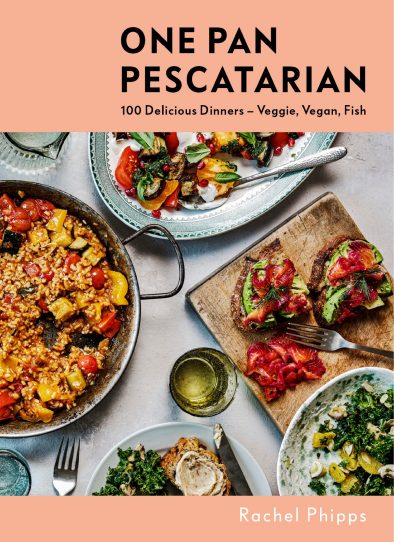
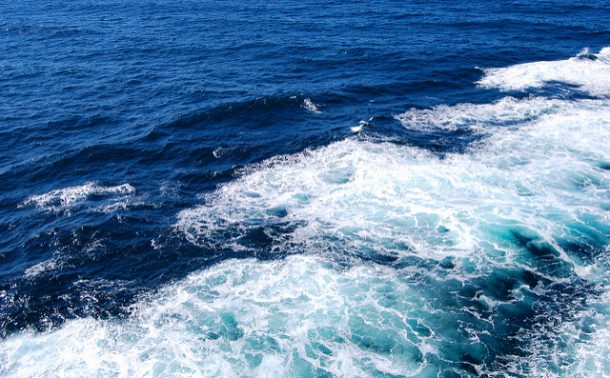
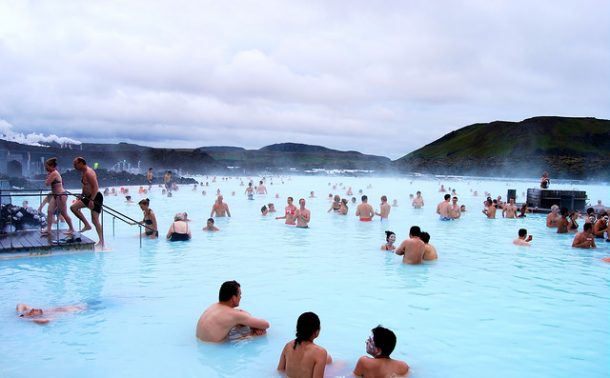
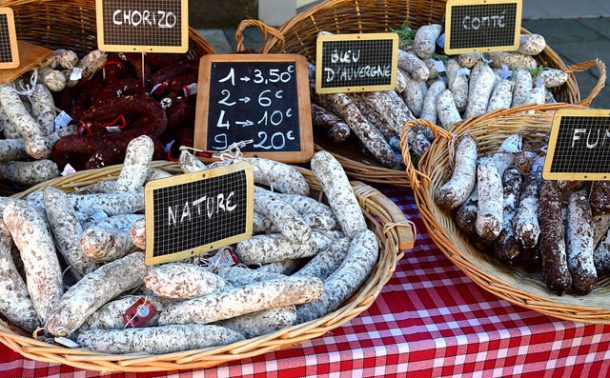
Discussion